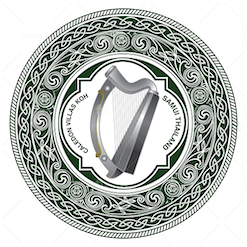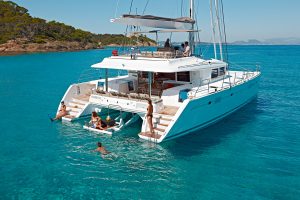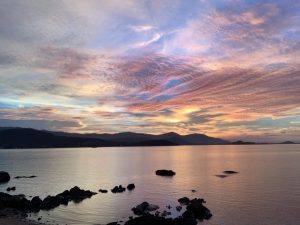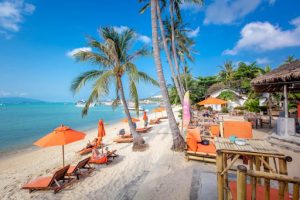
About Samui & Bophut
Development officially began on Koh Samui in the 1950s, but it wasn’t until the early 70s that it emerged onto the radar of international tourism. In the three decades since, Koh Samui has become Thailand’s preeminent resort destination, poised to overtake Phuket in volume and luxury if not in size.
Samui conjures up scenes of island paradise, and for good reason, while the seclusion of past decades has been replaced by broad resort development, there are still a few secluded beaches, hidden lagoons and idyllic thatched bungalows to be found, especially on the west coast.

In a strange twist of tragic events, the tsunami of 2005 devastated Phuket, Thailand’s leading island destination. In the aftermath, vacationers tentatively tweaked their travel plans to favour the sheltered gulf waters of Koh Samui. With its well-established infrastructure, Samui rose to the challenge and has grown more in the past five years than in two previous decades.

Today, most of the attractions, from odd-shaped outcroppings of rock to sophisticated restaurants, are on the east coast in communities like Chaweng, Lamai and north coast with Bophut and Mae Nam. Myriad daytime attractions include animal shows, landscaped gardens and water park. Samui also boasts an international standard golf course, Santiburi Samui Country Club. By night, Samui’s east coast becomes one of Thailand’s hottest party destinations.

Water sports are a main attraction for tourists in Samui. Yacht charter, speed boat hire, snorkelling and SCUBA diving. Samui is also the stop-off point for both Koh Tao’s renowned diving centre and Koh Phangan with its Full Moon Party.
The open plan Samui International Airport is designed to fit right in with the tropical experience of Samui with both domestic and international flights.